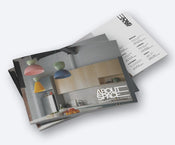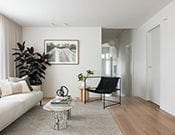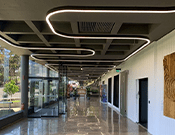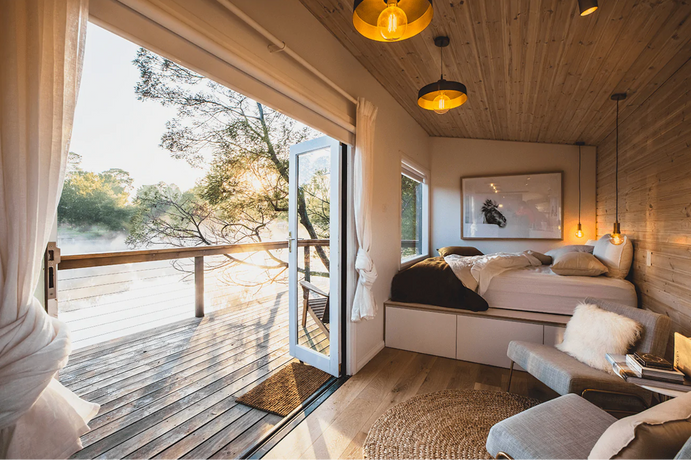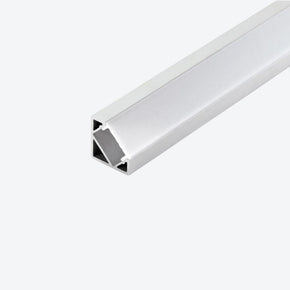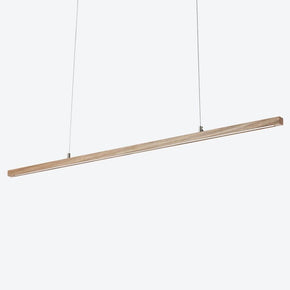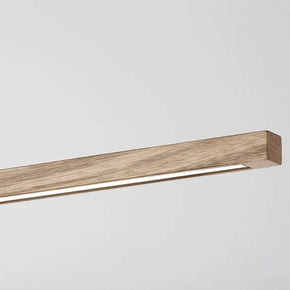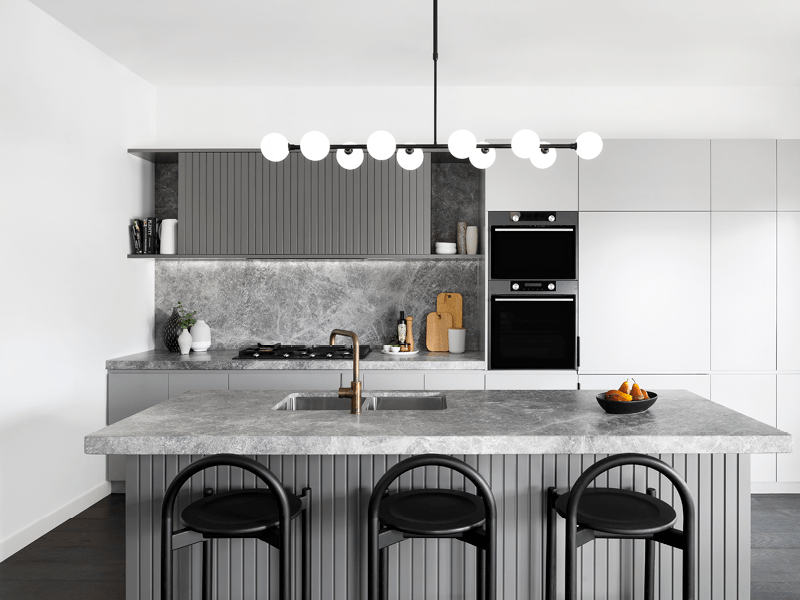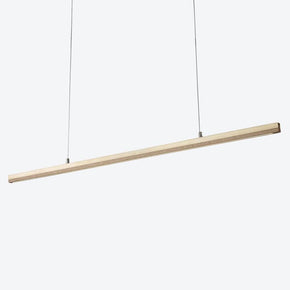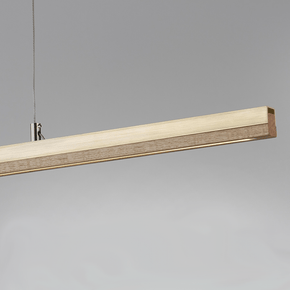- No products in the cart.
- ``
Pendant light buying guide
12
Aug
Everything you need to know before buying pendant lights
Pendant lights are a great way to add style and personality to your home. They come in a variety of shapes, sizes, and colours, so you can find the perfect one for any room.
Pendant lights are popular for a number of reasons. They can be used to accentuate a particular area in a room, are great for task lighting above work areas like a kitchen island, or can be used as a show-stopping primary feature of a space.
But with so many different styles to choose from, it can often be a little overwhelming when buying pendant lights. In this guide, we cover:
Types of pendant lights
- How many pendant lights you need for your space
- Choosing your pendant light colour temperature
- Choosing pendant lights for ambient and task lighting
- Choosing the right pendant lights for different rooms
Choosing a pendant light
When choosing a pendant light, there are a few factors to consider - from the direction and angle of the light beam, to the style and design of the fixture.
Choosing the right type of pendant light
Different types of pendant lights emit light in different directions, so it’s a good idea to think about what you’re trying to achieve, or what kind of illumination or effect you’re after, before choosing your fixture.
- Single drop: With a single drop pendant light, the bulb hangs down from a cord or chain. Single drop pendant lights are often used as task lighting. If you need a focused light for a specific area, such as over a kitchen island or dining table, then this is the type of pendant light for you.
- Multi drop: A multi drop pendant light is similar to a single drop pendant, but with multiple bulbs hanging from the cord or chain. This type of pendant light is perfect for creating a dramatic look, or for providing more illumination in a large void.
- Linear: A linear pendant light is a long, narrow light with multiple bulbs. These are often used to provide ambient or task lighting in areas where space is limited, such as along a hallway or above a kitchen counter.
- Adjustable: An adjustable pendant light is a great choice if you want to be able to change the height of your light, or direct the light in different directions. These are often used as task lights, and can be particularly useful in a kitchen, where you might want to be able to adjust the light to suit different tasks.
Choosing your pendant light style
Choosing the right style of pendant light for your space can be hard. Luckily, it’s easy to find pendant lights that suit any of your interior desires. Some of the most common styles include:
- Modern pendant lights: Modern pendant lights are often clean, crisp, and symmetrical in design. They may be defined by symmetry and sharp angles. Modern pendant designs may be a fantastic focal point in your home, but you should take note if you have another feature in the room because some modern styles might detract from other elements.
- Minimalist pendant lights: Simple and elegant, yet with a touch of class. Neutral hues are popular choices, and they're ideal if you've already used a lot of colour in your space. If you’re trying to achieve a minimalist look with pendant lights, there are a number of factors to consider. Check out our guide to minimalist pendant lights for more info.
- Mid-Century pendant lights: Mid-Century reflect European design and are ideal if you want to create a timeless look that doesn't need to be refreshed.
- Natural pendant lights: Derived from nature, this interior style gives it a sense of openness and tranquillity, with plenty of natural light. Choose fixtures that are inspired by raw materials when looking for artificial lighting to match a natural interior design. Natural light-inspired lights are generally white, beige, and woody in colour, and they frequently mimic organic forms.
- Industrial pendant lights: Industrial pendant lights are unrefined and made of primary materials such as metal, wood, or concrete. Consider the industrial revolution - industrial pendant fixtures with ribbed glass shades, cool metallic colours and wire cages are all popular choices.
- Retro pendant lights: The art deco style is particularly popular right now, with statement art deco elements and a mélange of textures and shapes that offer a wow-factor. It combines old with new to create a contemporary yet fun appearance.
- Custom pendant lights: Want something different? Versatile and sophisticated, pendant lights are becoming more and more popular every day. We have an original range of customisable pendant lights that we can tailor to your needs and wants.

Choosing the number of lights for your space
The number of pendant lights you need for your space will generally depend on the size and layout of the room.
For example, if you have a small kitchen with limited counter space, then a single pendant light might be all you need. However, if you have a large kitchen with an island, then you might need multiple pendant lights to provide adequate illumination.
In a living room or bedroom, you might only need a single pendant light, but in a larger space, such as an open-plan living area, you might need multiple small pendants or one large feature pendant to provide adequate illumination.
If you’re unsure about how many pendant lights to choose, it’s always a good idea to seek professional lighting advice. This is especially important if you’re planning on hanging pendant lights for tasks, as you’ll need to make sure there’s enough light to properly illuminate the space without being too overwhelming.
If you’re unsure, book in for a lighting consultation. Our lighting experts can help you figure out the optimal amount of lighting for your space, while also taking into account your interior design.
Choosing your pendant light colour temperature
The colour temperature of lighting is measured on the Kelvin (k) scale, with colder light being blue toned and warmer light being more yellow toned. The higher the ‘k', the cooler the light. Your room's atmosphere will be affected by your light's temperature.
The ideal colour temperature for a particular room depends on the colour scheme of your house, particularly the walls of your room you’re putting the light in. Wood tones that are red, orange, or yellow-toned will look best with a warm coloured light (2700k to 3000k.) If your space has cool hues like crisp whites, blues, greens, blacks, and greys, though, you should choose a cooler-toned illumination (4000k to 5000k).
In general, we prefer a warmer-toned pendant light for living rooms and bedrooms to create a welcoming and comfortable atmosphere. If you already have adequate natural illumination, selecting a pendant light with a colder temperature could be preferable in areas like the laundry room, workplace area, or bathroom.
Whatever you do, ensure you’re not mixing and matching colour temperatures in the same room. If you already have warm lighting, then it’s best to go for a warm pendant light too.
Choosing a pendant light based on its purpose
Pendant lights for task lighting
If there’s an area where you need focused light for a particular activity, then you need task lighting. This might include over a kitchen island for food preparation, or above a home office desk to provide extra light for working.
For task lighting, pick a pendant light that emits a lot of lumen and spreads it widely across the area. Glass pendants are a great option. Just make sure you use a lower output bulb or install a dimmer to avoid harsh lights when you’re entertaining.
Pendant lights for ambient lighting
Ambient lighting, aka the general illumination in the room, is designed to provide a room with an overall sense of light without being too focused on any one area.
Pendant lights are often used for ambient lighting in living rooms and bedrooms, as they provide a gentle and diffused light that can fill the entire space. In kitchens, pendant lights can also be used for ambient lighting, especially if they’re dimmable. This allows you to create a softer light in the space, perfect for entertaining or relaxing.
If you’re after ambient lighting, consider installing multiple pendants rather than one single pendant. This will help spread the light evenly throughout your space.
Pendant lights for decorative lighting
Even if you’ve already got enough lighting in your space, there’s no reason you can’t install a decorative pendant light just to make an impression. Pendant lights a design feature in their own right.
If your pendant’s function is purely decorative, opt for a light with a soft glow, so as not to distract from the kitchen’s task and ambient light sources.

Amendo mini single drop pendant, Project: Revel & Hide, Photographer: Lean Limms
Choosing a pendant light based on the space
Choose a pendant light that complements your room's theme and purpose. If you need task lighting, for example, look for a pendant light with ample illumination around the area where you'll be working. If you simply want general ambient lighting, go with a pendant light that isn't designed specifically for any one purpose. This will vary depending on the space, so prepare ahead of time if necessary.
Consider the room
Kitchen and dining room
When picking the ideal pendant lights for your kitchen and/or dining room, make sure to take into account task lighting. You want to pick and place pendant lights in a way that will help with things such as food preparation, cooking and cleanup.
For example, if you have a kitchen island, you'll want pendant lights that hang over the island and provide adequate light for those activities. In a dining room, you may want pendant lights that are dimmable so you can create the perfect ambience for a romantic dinner or lively conversation with friends.
Living Room
In a living space, it's important to choose pendant lights that offer general illumination. You might also want to go with pendant lights that complement the look and feel of your space. If you have a mid-century modern living room, for example, picking pendant lights with a vintage appearance would be an excellent method to tie everything together.
Bedroom
In a bedroom, you'll again want to focus on providing general ambient lighting. However, you may also want to consider task lighting if you have a desk or reading nook in your bedroom. In this case, you'll want to pick a pendant light that is bright enough to help you see while you're working or reading, but not so bright that it's jarring or disruptive. Another creative way to add a few pendants to your bedroom is above your bedside tables instead of using a table lamp.
Hallways and narrow areas
If you're hanging pendant lights in a hallway or other narrow area, make sure that they are the appropriate size for the space. You don't want pendant lights that are too big or too small for the area, as this can throw off the whole look of the space. In general, it's best to go for something simple and timeless when choosing pendant lights for hallways and other narrow areas.
Bathroom
In a bathroom, you'll want to make sure that your pendant light is waterproof and safe to use in an area with high humidity. You'll also want to consider where you're hanging the pendant light. If you're hanging it over a sink, then you'll want to make sure that it's not too low and that it provides adequate light for tasks such as shaving or applying makeup.
Find out here the right IP rating depending on where you want to locate the light.

Commercial spaces
If you're hanging pendant lights in a commercial space, such as a restaurant or office, then you'll want to make sure that they are the appropriate size and style for the space. You'll also want to consider how much light you need and where you're hanging the pendant lights.
For example, in a restaurant, you may want to hang pendant lights over the dining area to provide adequate light for diners. In an office, you may want to hang pendant lights in a reception area or over a conference table to provide adequate light for meetings.
We specialise in providing lighting for commercial projects, so get in touch with our team for more information.

What height should pendant lights be?
The first thing to consider is the size of your pendant no matter which room you're working with. Consider your own style and how much you want the lighting to be a focal point. If you've chosen a large statement light, raise it slightly so it doesn't overwhelm the area. Similarly, if it's a small and subtle element to the room, hang it lower to avoid being lost in the arrangement.
If you want to know how high to hang your pendant lights in each particular room of the home, we’ve created a comprehensive guide with all you need to know here!
Elevate your space with pendant lights
If you need advice on lighting solutions to complement your home, get in touch with the About Space team or book a lighting consultation. We can guide you through picking the right pendant lighting to transform your space.
You can also shop our full range here, visit us in store or view our virtual showroom today!

